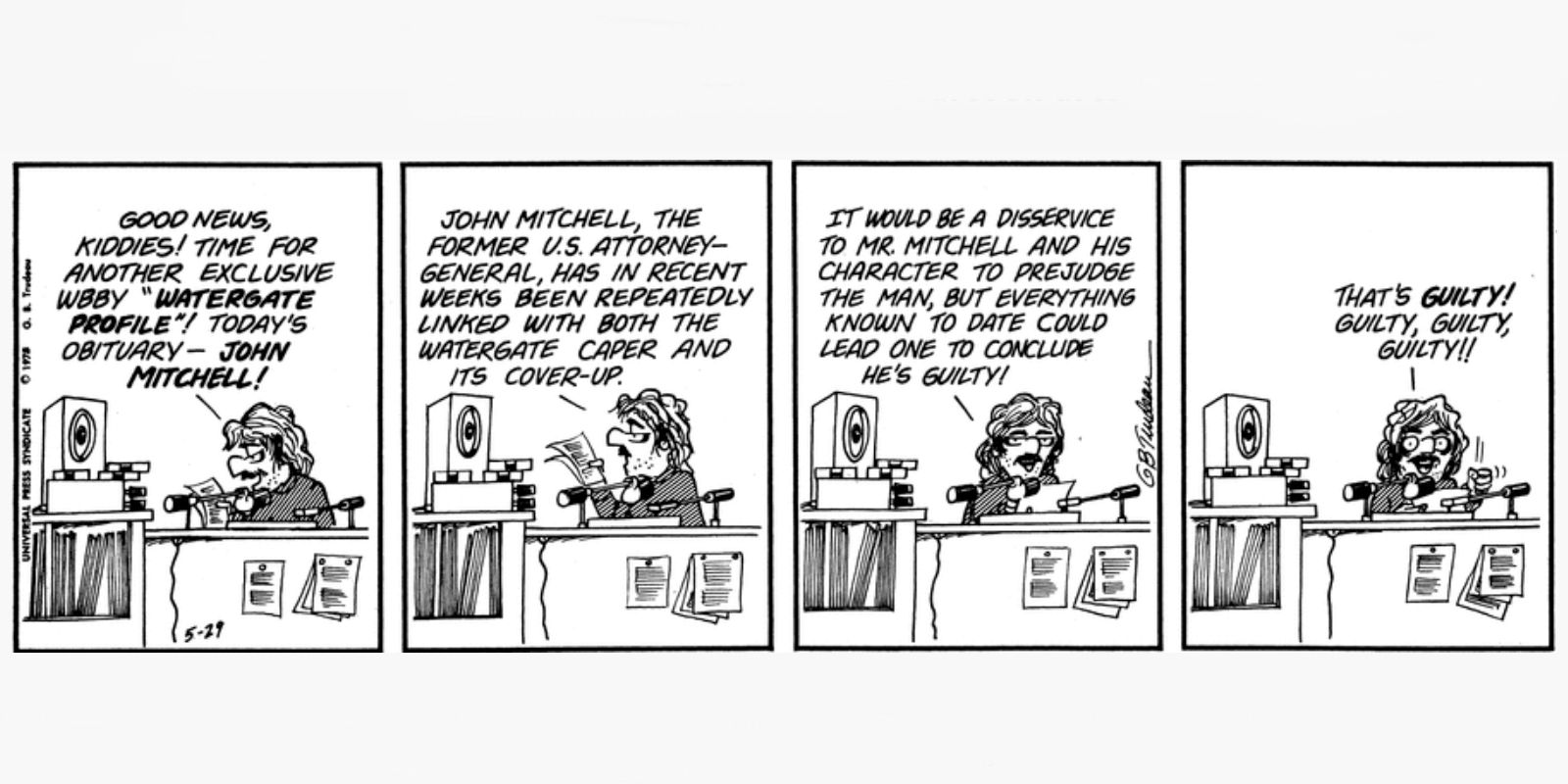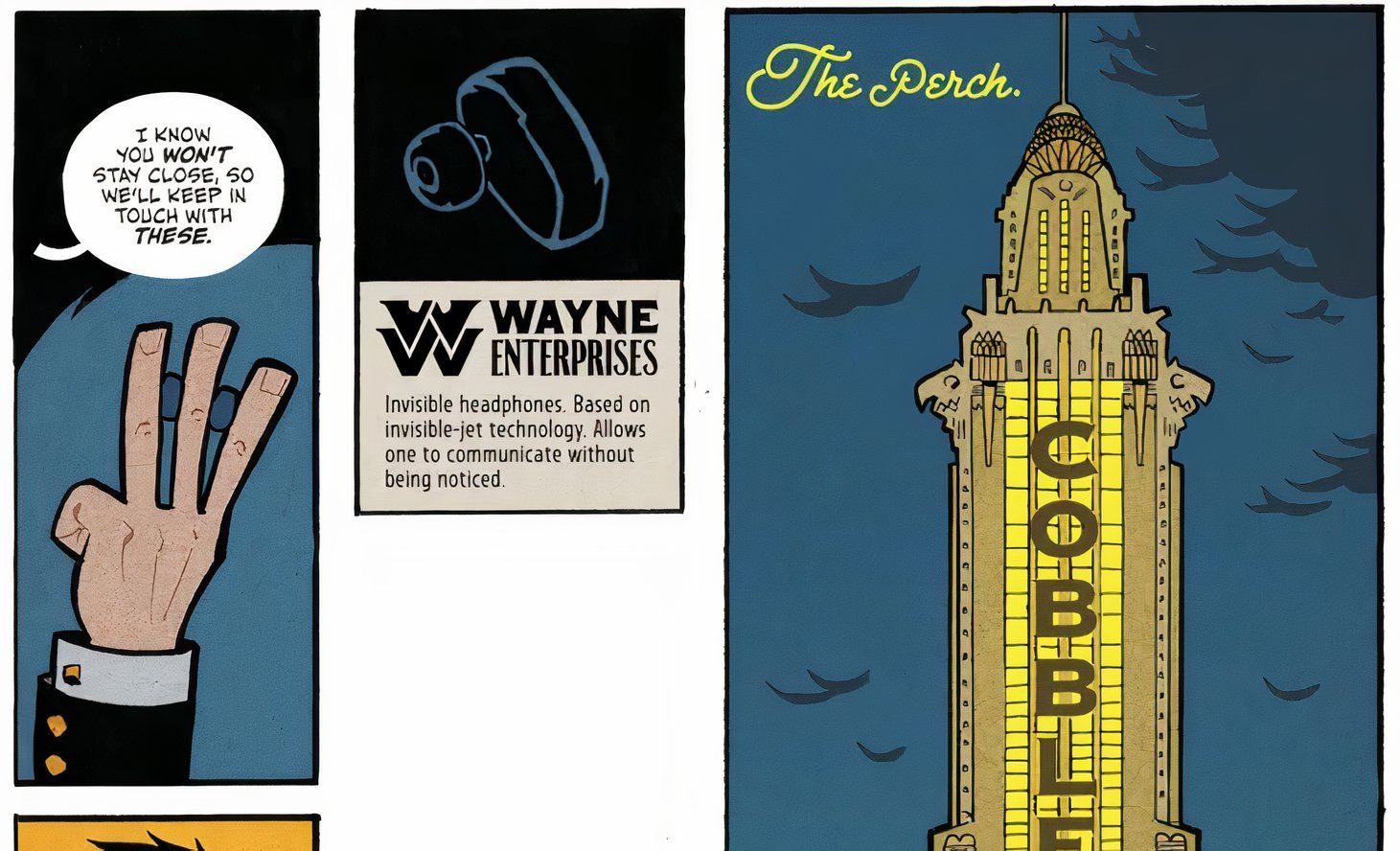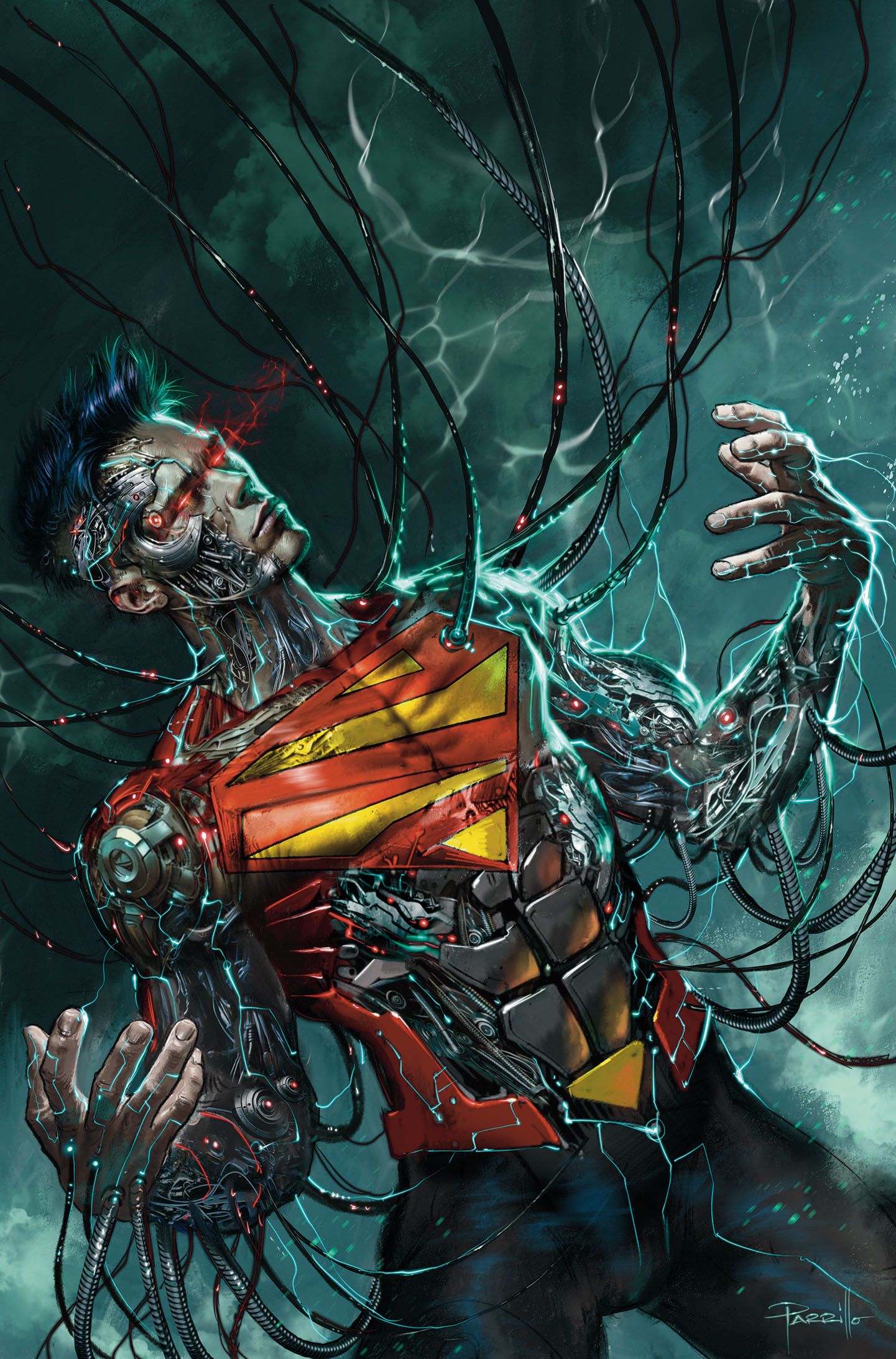Though it might not have the universal appeal of Peanuts, or have become a worldwide phenomenon like Garfield, Doonesbury deserves to be recognized among America’s most influential comic strips. Notably, Doonesbury was the first syndicated newspaper comic strip to win a Pulitzer Prize, making it a culturally and artistically relevant piece of pop culture to study to this day.
In 1975, Garry Trudeau’s Doonesbury won the Pulitzer Prize for Editorial Cartooning. It was the first time the award was given to a recurring comic strip – rather than a one-shot, one-page cartoon – since the award category came into existence in 1922.
Considering the gravitas of the cartoonists and cartoons that were annually given the prize before Doonesbury – such as Pat Oliphant’s anti-Vietnam war cartoons – it was groundbreaking for a comic strip normally found on the funny pages to win one of literature’s most prestigious awards.

Related
1 Fact About Garfield Will Change How You See Its Sense of Humor
According to Jim Davis, Garfield’s worldwide success can be attributed to its timeless relevance, which he carefully maintained throughout the years.
Pulitzer Prize Winner Doonesbury: A Political Cartoon In The Form Of A Comic Strip
First Published: October 26, 1970
Doonesbury began as the rebranded version of the comic strip that Trudeau started while he was a student at Yale, as an artist for the school’s newspaper, the Yale Daily News. That comic, entitled, Bull Tales, was an irreverent look at the life and times of a close-knit group of typical college friends. Over the two years of its run, the strip became so popular among the school community that it caught the eye of Universal Press Syndicate – a newspaper publisher – who picked it up after Trudeau graduated.
Renamed “Doonesbury,” Trudeau’s strip provided a humorous, though routinely insightful glimpse of the youth and “counter-cultural movements” of its era, making it unlike anything in comic strips at the time. Quickly, the same elements that made it popular on the Yale campus made it popular with wider audiences. As a result, editors across the country added Doonesbury to their comics sections. More than just achieving quick nationwide notoriety, the strip began to be critically lauded. Just five years into its publication, Doonesbury was awarded the Pulitzer Prize for Editorial Cartooning.
This honor put Garry Trudeau in a rare echelon of creators, and made him the first comic strip author to be distinguished for using the medium to provide political and social commentary. For artists, it was a signal that comics could be taken seriously. Though not the first politically-minded comic strip, Doonesbury certainly fixed itself as the gold standard with its 1975 Pulitzer win. Further, it signaled that more than just the comic, but the comic medium itself, was a relevant part of the American cultural landscape.
Doonesbury’s Early Success Was Tied To America’s Greatest Political Scandal
A Chronicle Of Watergate

Garry Trudeau came of age in one of the most politically dynamic times in contemporary American history; as a result, his opinion was shaped by the turbulent social atmosphere he grew up in. Doonesbury became an ongoing expression of his thoughts and feelings about the world around him. Trudeau had no qualms with placing these opinions about war, politics, and society in Doonesbury, and whether readers agreed or disagreed with various characters on various subjects, it was incredibly valuable to have them distilled into comic strip form.
One of the most prominent examples of this came at the height of the investigation into the Watergate break-in scandal in 1972. A key question was who in the Nixon administration knew about the covert operation, and when they knew. Using the Doonesbury character of radio host Mark Slackmeyer – Trudeau suggested that Attorney General John Mitchell – a close confidant of President Nixon, was guilty of being involved in all phases of the break-in. While this was a common critique of the administration in the newspaper Op-Eds at the time, no other comic strip was engaging with the idea, except for Doonesbury.
While “political commentary” was not the sole focus of Doonesbury, Trudeau did –
and does – focus on it when the political circumstances warranted it, such as during Watergate, America’s epochal political scandal. Most importantly, when he did decide to lean in on scrutinizing political issues in Doonesbury, not only were his critiques often bitingly accurate, they were informative, as well as also amazingly prescient about future trends. His opinions, like all good editorializing, served as a catalyst for deeper discussion and debate among readers – resulting in his reception of the Pulitzer Prize.
Doonesbury Embodies All The Elements Of Great Editorial Cartooning
And So Much More
About the same time that the Doonesbury Watergate Scandal strip was published – one which was banned in more than a few newspapers, several other publications, beginning with Nebraska’s Lincoln Journal, took the alternate approach of moving Doonesbury from the funny pages to the Op-Ed sections. Given that comics were typically seen as lighthearted and suitable for all ages, Doonesbury‘s persistent focus on politics, even going as far as mentioning real politicians by name, went against established precedents of the era.
The fact is, Doonesbury was always more akin to a low-key editorial cartoon, as demonstrated by the decision of some newspapers to shift Doonesbury from the comic section to the Op-Ed page. Still, Trudeau resisted his strips being defined as editorializing. Under his analysis, the overwhelming arc of Doonesbury was focused on issues unrelated to politics. In any case, he nevertheless accepted it as a fact of his creative style. As radically different as Doonesbury ultimately was from contemporaries like Garfield and Peanuts, it proved to be an essential example of the comic strip medium’s potential.
Source: Editor & Publisher Magazine





